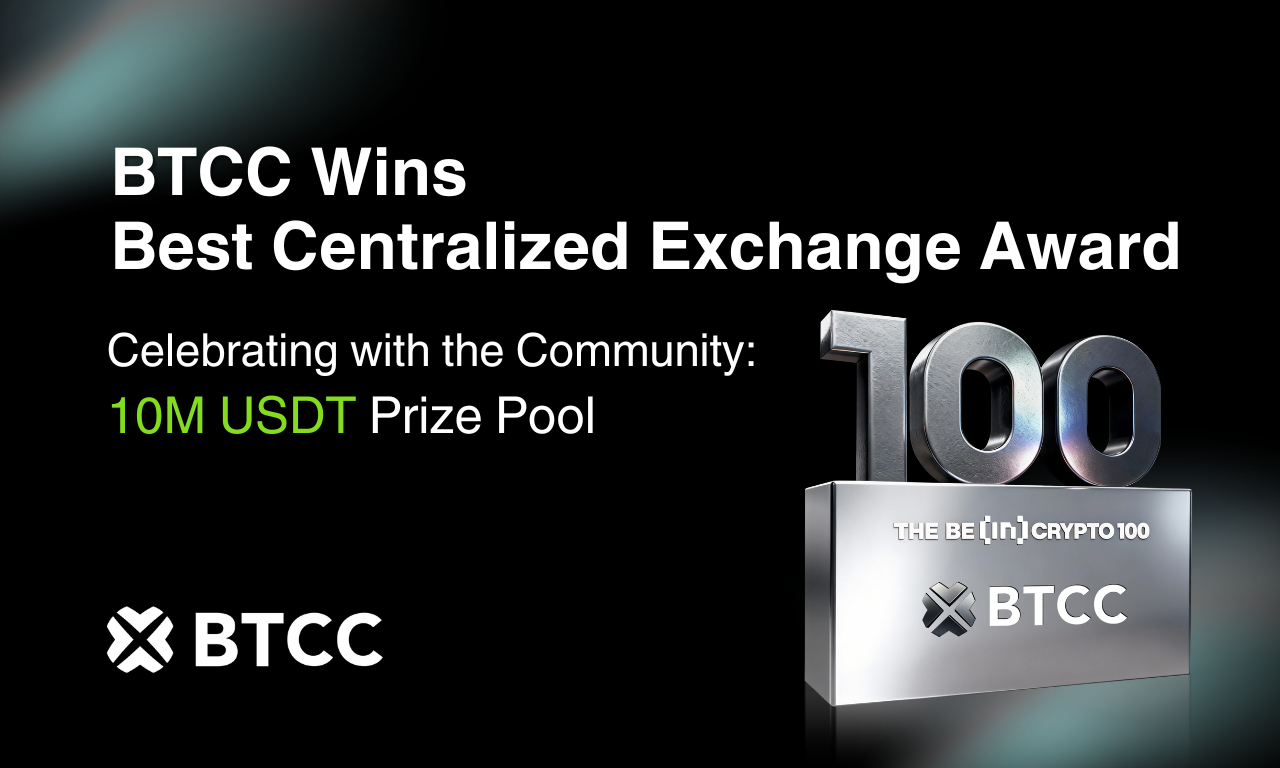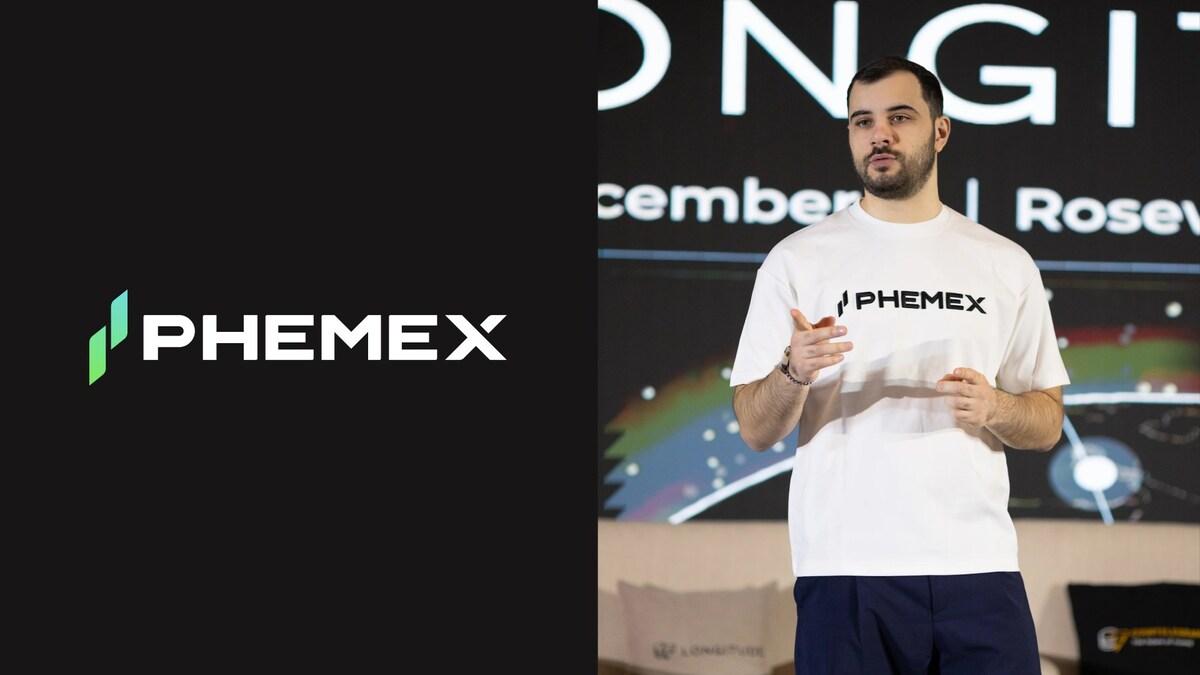Blast is the first Layer 2 to provide automatic profits to ETH assets and stablecoin holdings; it was founded by the Blur creator and backed by Paradigm, generating community interest. Let’s learn about this project with Coincu through the Blast Review article.

What Is Blast?
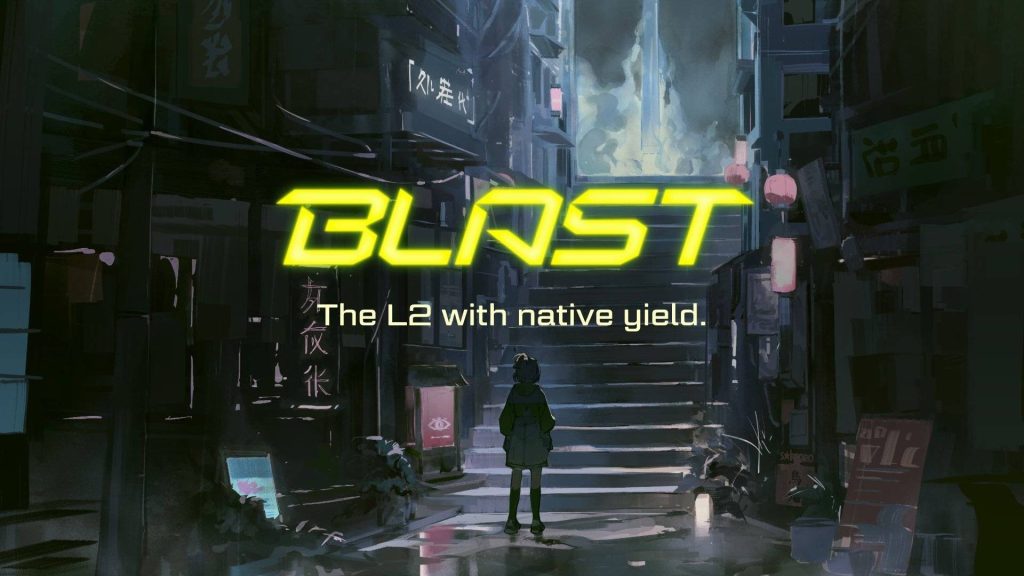
Blast is a Layer 2 solution that leverages Optimistic Rollup technology and is compatible with EVM. The aim of Blast is to offer users real yields (native yield) by allowing them to stake ETH and other stablecoins such as USDC and USDT. Moreover, thanks to Optimistic Rollup technology, Blast can provide users with high transaction throughput (up to 10,000 TPS), faster speeds, and lower fees.
Read More: Blur is Now on The Blast Public Chain!
The Main Feature of Blast
Compared to other Layer 2 solutions on the market, Blast has garnered positive attention from a considerable number of users for the following key reasons:
- Native yield: Blast stands out as the first EVM-compatible L2 platform that offers users a native yield when they deposit ETH and stablecoins. This yield is generated by automatically staking user assets in Lido, subsequently distributing staking rewards with an interest rate of up to 4% for ETH and 5% for stablecoins, whereas other L2 alternatives provide 0% yield. Please note that users staking on Blast to earn interest will have to wait until the platform’s mainnet launch, estimated in February 2024, to make withdrawals.
- EVM compatibility: Blast’s seamless compatibility with the Ethereum Virtual Machine (EVM) enables existing dApps on Ethereum to function effortlessly on Blast. This smooth transition empowers dApp developers to migrate and deploy their projects on Blast easily, ensuring users can enjoy uninterrupted access to these dApps.
Read More: Layer 2 Network Blast NFT Has Been Launched On OpenSea
Blast Community Airdrop Program
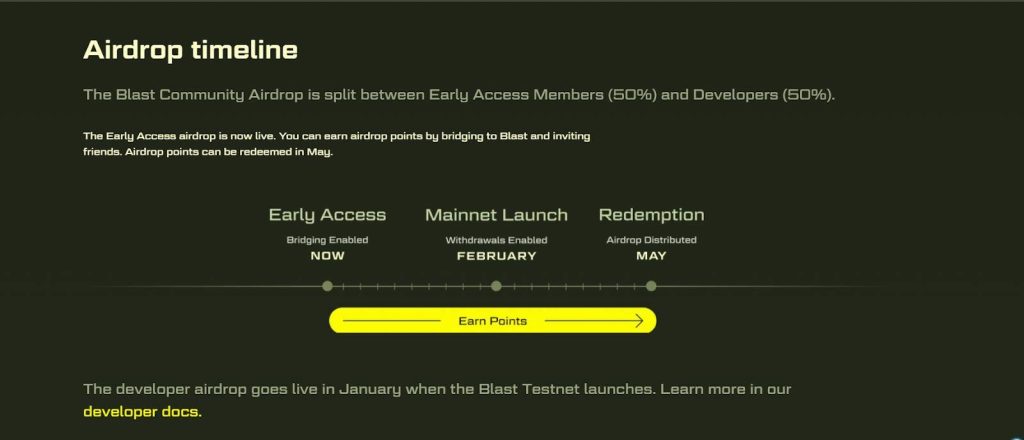
Reward
In addition to earning profits through the native yield feature, users participating in the Blast Community Airdrop program, organized by Blast, also have the opportunity to receive airdrops from the platform. The program unfolds as follows:
- Stage 1: Early Access (ended)
Users can deposit ETH or stablecoin into Blast, engage in staking activities, and use referral codes to earn Blast Points. These points are a form of token within the Blast ecosystem, determining the amount of tokens users will receive in the subsequent airdrop phase.
- Stage 2: Mainnet (February 2024)
dApps will commence operations on Blast, enabling users to withdraw their staked funds.
- Stage 3: Redemption (anticipated in May 2024)
The platform will introduce the option for users to convert Blast Points into tokens.
Risk (when participating in the project)
While Blast holds great potential as an ecosystem, it is still in its early stages and comes with inherent risks such as rug pulls and scams. A prime illustration is the case of RiskOnBlast project, a betting and trading platform that vanished after collecting over 420 ETH from users. Hence, users must exercise caution and conduct thorough research before engaging with obscure projects.
Team
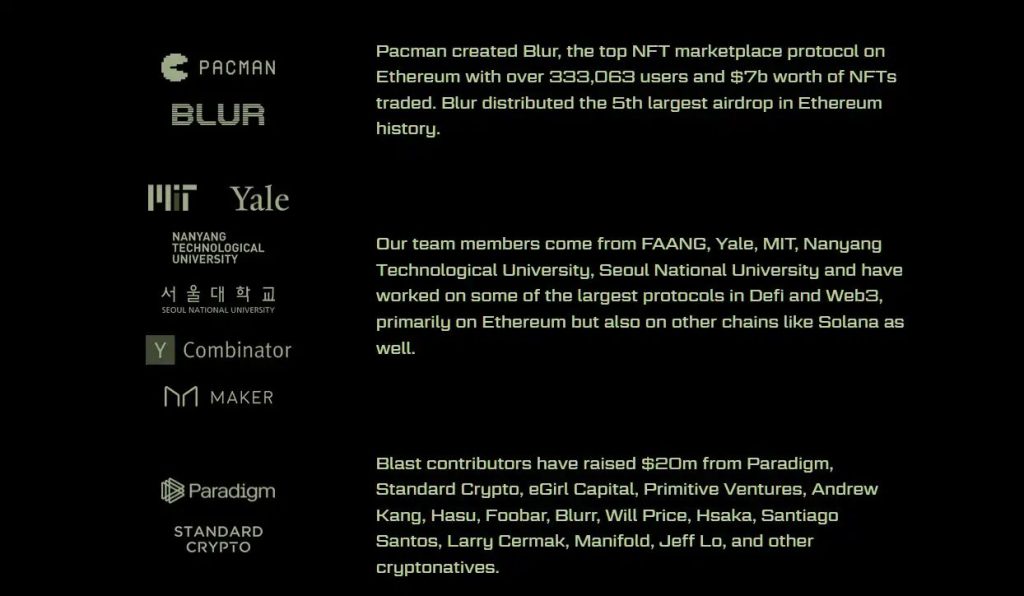
The Blast project team comprises developers and experts with backgrounds in blockchain and finance sectors. Pacman is the founder of Blur, an NFT Marketplace on Ethereum, and leads the team. Here are key team members:
- Pacman: Founder and CEO of Blast, with over ten years of experience as a blockchain developer.
- Kelvin Ho, COO of Blast, brings over 15 years of financial expertise from roles at renowned banks like Goldman Sachs and Morgan Stanley.
- Adi Singh, CTO of Blast, has contributed to significant blockchain projects, including Ethereum and Solana.
Investor
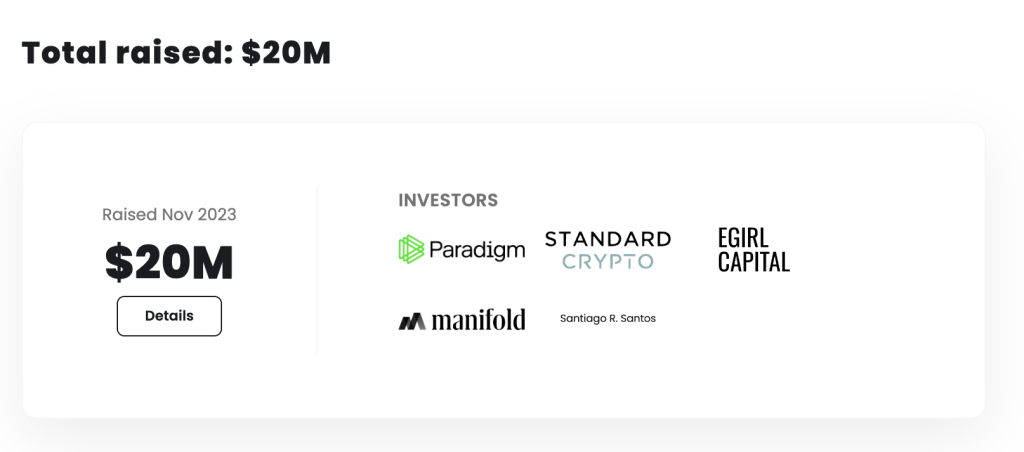
Blast has secured $20 million in funding from three primary investment funds: Paradigm, Standard Crypto, and eGirl Capital. The round also saw participation from various individual investors including Andrew Kang from Mechanism Capital, Hasu from Lido Finance, among others.
How To Join the Blast Community Airdrop Program
Step 1: Go to blast.io/en/airdrop/sign-up and connect your wallet
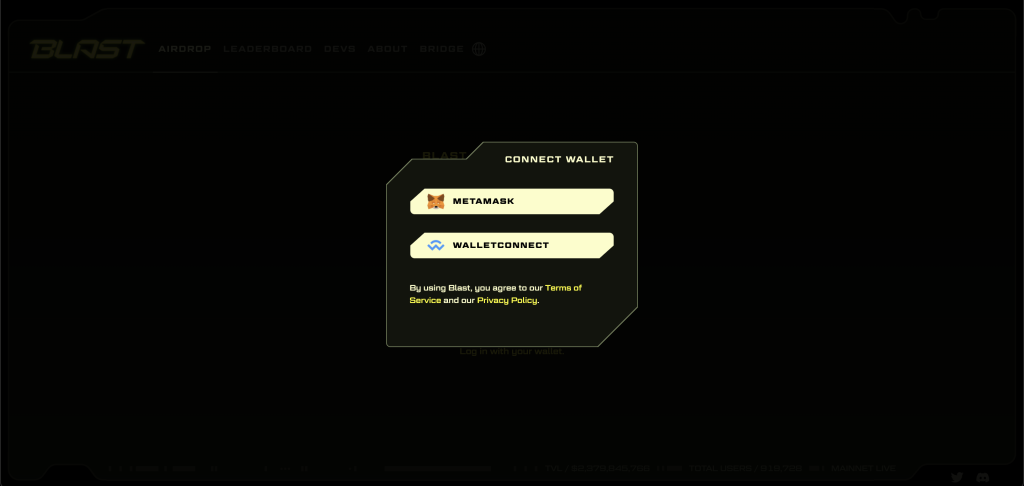
Step 2: Enter your invite code
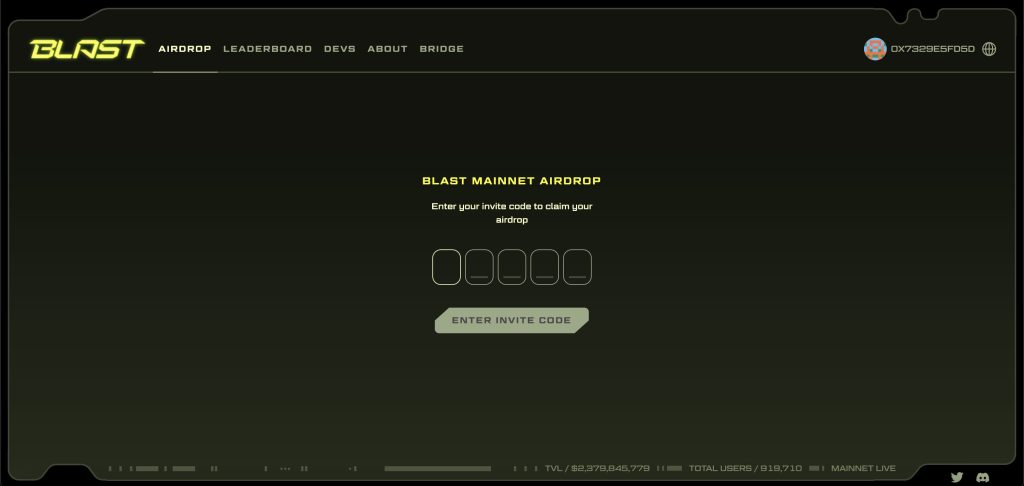
Step 3: After entering your invite code, complete the tasks requested in the Blast.
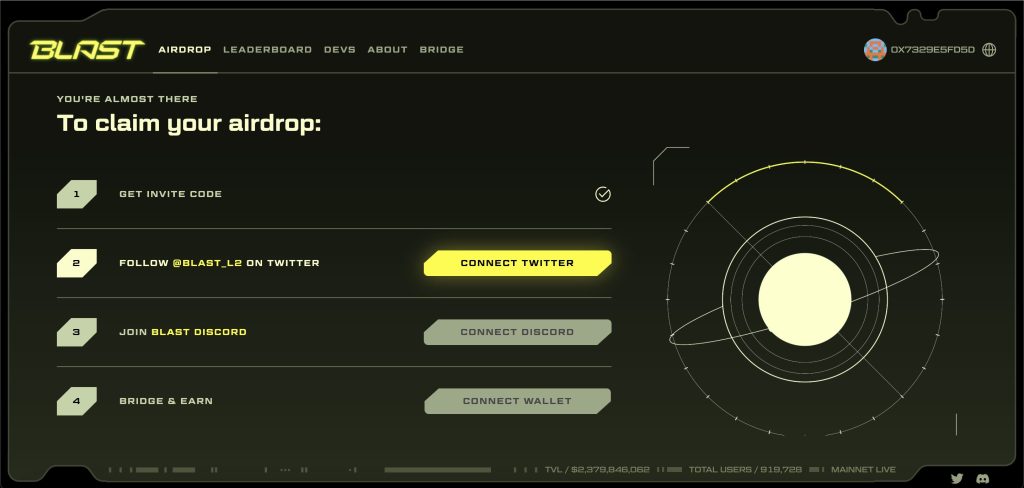
Step 4: After the check, transfer ETH from the Ethereum network to Blast to maintain your Blast Points. The more you deposit, the higher your Blast Points will be. You can also earn Blast Points by inviting others to join using your referral code.

Conclusion
Blast offers stable profits during market chaos, like after a halving event. Users benefit from staking ETH and stablecoin regardless of market conditions.
After this Blast Review post, CoinCu hopes you will grasp the basic information about this project to make your investment decision.
| DISCLAIMER: The information on this website is provided as general market commentary and does not constitute investment advice. We encourage you to do your own research before investing. |













